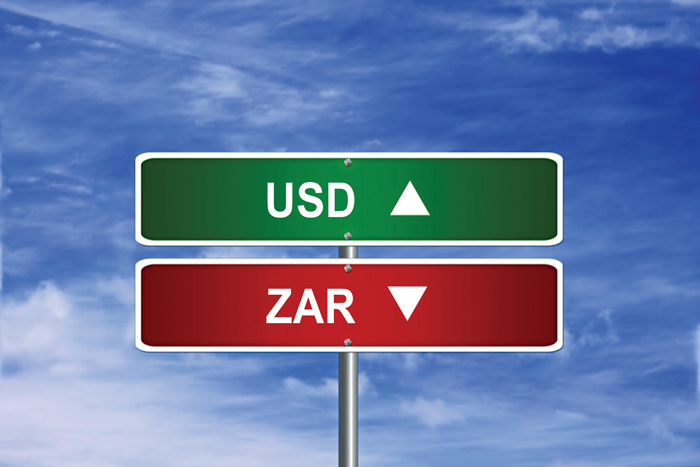
To hedge in the exchange rate means to make an investment with the intention to limit the risk of unfavourable exchange rate movements. Holders of foreign assets or liabilities risk losing money if the exchange rate changes adversely. Importers and exporters face the largest risks with exchange rate changes as the impact can make a previously viable economic transaction less profitable.
Luckily there are some financial instruments that can help reduce the amount of risk one faces when dealing with the exchange rate. The three instruments discussed in the article are:
- hedging with future contracts
- hedging with call options
- hedging with put options
Hedging with future contracts
A futures contract is an agreement to sell or buy an asset at a set price and predetermined future date. A futures contract is traded on an organised exchange and therefore the standard quantity and quality of the asset are specified by the exchange. Using a futures contract to hedge against the exchange rate is quite easy.
If one wants to hedge against the USD (dollar) appreciating against the ZAR (rand), one will simply buy (go long) a futures contract and if one wants to hedge against the dollar depreciating against the rand, one would sell (go short) a futures contract.
For example, if Mr Kolisi was an importer of goods and wanted to hedge against the dollar appreciating against the rand, he would buy a futures USDZAR contract. As the dollar then appreciates against the rand, the value of his futures contract also increases and in turn keeps the import cost under control.
Hedging with call or put options
Options are also very useful financial instruments to hedge against exchange rate exposures. An option contract gives the buyer (holder) the right, but not the obligation, to buy (call) or sell (put) a specific quantity of an asset at a specified price at or before a specific date in the future.
Options lower the exchange rate risk, but also allow the holder of the option to benefit from favourable exchange rate movements.
If one wanted to hedge against the dollar appreciating against the rand, one would buy a call option or sell a put option. Vice versa, if one wanted to hedge against the dollar depreciating against the rand, one would sell a call option or buy a put option.
For example: Ms Ramaphosa is an exporter of goods and expects the dollar to depreciate against the rand. The exchange rate is R14,90 per dollar. She decides to buy a put option expiring in June 2022 with a strike price of R14,90. The premium is R100 per option. When the put option expires, the following three outcomes can occur:
- The exchange rate remains unchanged at R14,90 per dollar and the put option expires worthless. She loses the premium of R100 she had paid for the option.
- The exchange rate falls to R14,70 per dollar. She executes the option and realises a gain minus the premium she had paid for the option.
- The exchange rate moves to R15,00 per dollar. Once again, the option expires worthless, and she loses the premium of R100 she had paid for the option.
Exchange rate movements are volatile and happen on a daily basis. These are just some basic ways to hedge against unfavourable exchange rate movements.




















